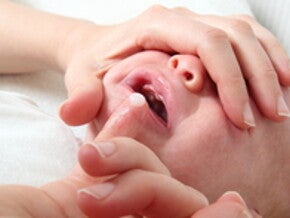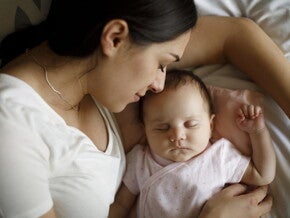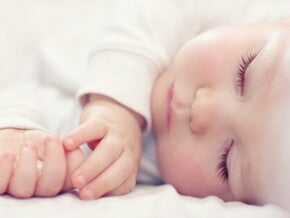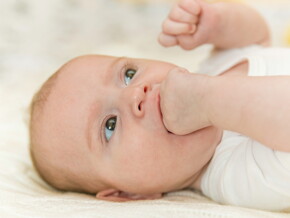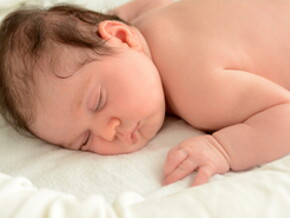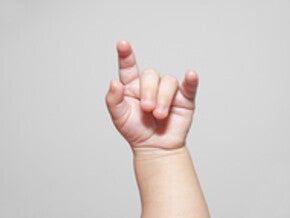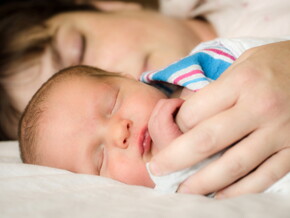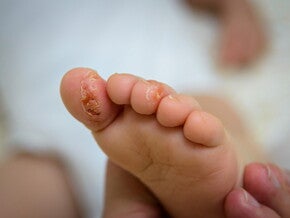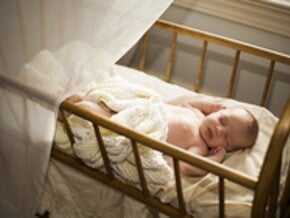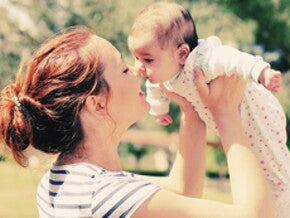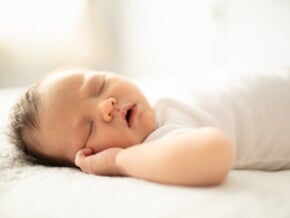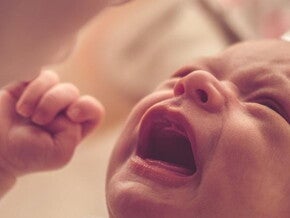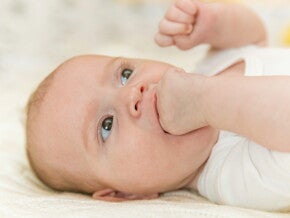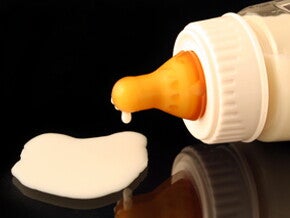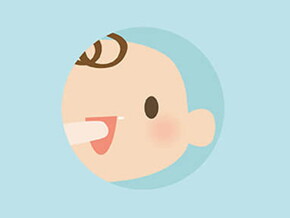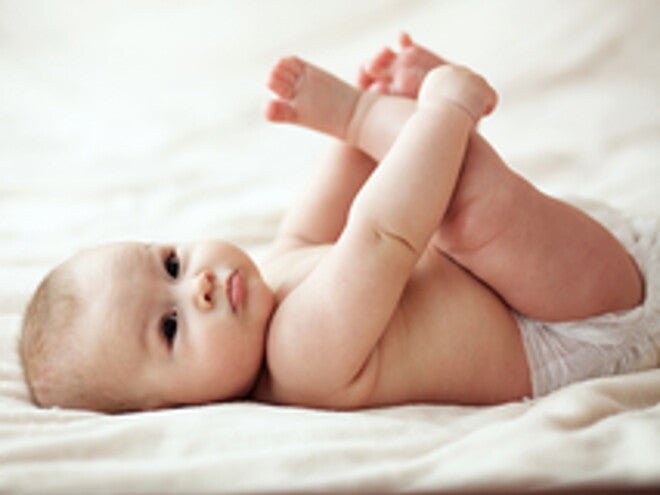
Diaper Rash 101
Diaper Rash: Causes, Symptoms And Treatment
If your child’s diaper area looks irritated and red, it’s probably because of skin rash.
Skin rash doesn’t mean that you’re an inattentive and neglectful mom, as dealing with different types of rash can be an integral part of child’s care, especially during the first year of life.
To help you get ready for it, we will hereby give you a detailed overview on diaper rash, its causes, symptoms and ways of diagnosis, treatment and management. Hope they will be of great help to you and all mothers of the Arab World…
Causes:
Diaper rash is a very common concern among babies between 4 and 15 months of age. It may develop on their skin at the beginning of the weaning phase and with the introduction of solid foods.
In some cases, rash may be triggered by Candida yeast infection which grows in warm and humid zones, like diaper area that needs to be cleaned and moisturized consistently to stay away from fungus.
In some other cases, rash, may be due to other causes, such as:
- Acids in baby’s stool (especially if affected by diarrhea).
- Ammonia (or the chemical resulting from urine decomposition).
- Tight diaper or diaper pressuring on baby’s skin.
- Baby’s reaction towards soap or other agents usually used to clean cloth diapers.
Symptoms:
When your child develops diaper rash, you will notice that he has:
- A red irritating spot that is getting bigger day after day.
- A severe redness around the testicles and penis, if your baby is a boy.
- A severe redness around the vagina and labia, if your baby is a girl.
- Pus-filled sores, pimples and blisters.
- Small red spots growing and getting mixed with other spots.
It is to be noted that diaper rash doesn’t usually expand beyond the diaper area.
Diagnosis:
The pediatrician may check on your child and assure you that he has a nappy rash by just looking at the affected area. He may also recur to Hydroxide Potassium test to make sure whether the Candida bacteria are the cause behind it or not.
Treatment:
Maybe the best treatment for diaper rash is to keep the diaper area clean and dry, and put the baby on a towel without any nappy on for as long as possible, because the longer time your baby spends without covering his genitals, the better.
In addition to this tiny advice, try to follow these effective instructions:
- Change your child’s diaper every time it gets wet or dirty.
- When changing your baby’s nappy, use water and a piece of cloth to gently clean his bottom and genitals. Do not rub them, yet think of using a water spray bottle to wash them.
- Pat on the affected area to dry it or let it dry on its own without a nappy.
- Make sure that your baby’s diaper is not too tight on him, for tight diapers do not allow enough air to pass through the bottom. They may also put pressure on the waist and thighs, and cause irritation.
- Make sure to use the types of diapers that are the most absorbent, that can keep your baby’s skin dry and reduce the likelihood of exposing it to infection.
- Wash your hands thoroughly before and after changing the diaper.
- Ask your baby’s doctor for creams, ointments or powders you can use on your baby’s diaper area.
- Ask your child’s doctor whether you can use an anti-rash ointment like Vaseline to keep moisture away from your bundle of joy.
- Do not use scented pads or any other alcohol pads on your baby’s diaper area, as they might irritate his skin and make it dry.
- Do not put cornstarch on your baby’s bottom as it may worsen his condition.
- Do not use talc powder on your baby’s bottom so that its particles won’t spread in the air and get into his lungs.
With all these tips and treatments, be sure that your baby’s rash will be under control and won’t be a source of concern requiring medical advice, unless the condition worsens, persists more than 3 days, gets to your child’s back, abdomen, face and arms, or causes him fever and pus-filled pimples on the bottom.
Read More: Why Is My Child Constipated And What Can I Do To Help?


